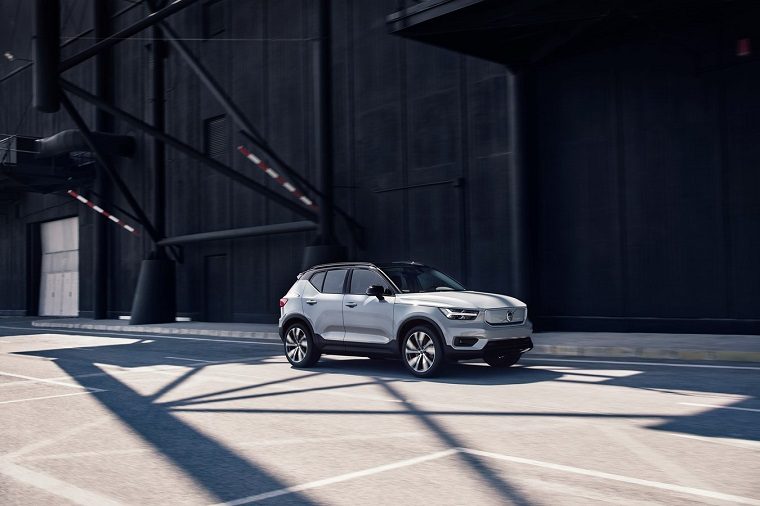Volvo CEO Suggests Clean Future is Compromised by SUV-Crazed Customers

Volvo Cars CEO Hakan Samuelsson wants electrified vehicles to account for 100 percent of the company’s global sales by 2025, with full-electric cars and hybrid-electric cars splitting it down the middle. He also wants Volvo to become climate neutral by 2040, which would require the company to nearly halve its lifecycle carbon footprint by 2025.
These are lofty and necessary goals, and according to Samuelsson, plug-in hybrid vehicles play a major role in attaining them, as they are helping the company meet the EU’s tougher CO2 emissions targets.
But he also emphasized the company had little choice but to develop plug-in hybrid powertrains for its SUVs because customers just won’t stop buying these typically non-efficient vehicles.
Related: Find great offers on a Volvo near you
“Years ago we concluded that we needed to sell customers what they want, which is big, heavy SUVs,” he told Automotive News Europe in an interview. “You cannot do this and reduce CO2 with a conventional powertrain. You would spend billions and maybe get a two percent savings. You have to electrify them.”
Dealing with customer needs and preferences is a recurring theme in Samuelsson’s electrification strategy. When asked how to convert diesel customers, he answered that if these customers have no intention of buying a charge-reliant vehicle, Volvo needs to present them with an electrified option they can tolerate, like a gasoline mild-hybrid.
For many years, diesel engines were pushed as both more efficient and cleaner than gasoline engines, as they produce less CO2. However, it has recently become better understood that diesel NOx emissions pose a significantly greater risk to health, especially in urban centers.
Related: If a Volvo truck is all you need…
Mild-hybrid vehicles are about as efficient as diesel vehicles but without the NOx pollution issue that has pushed manufacturers away from the technology in recent years.
Samuelsson also suggested that electric vehicles should have at least 250 miles of range. “We did some customer research and I was surprised to learn that on average people are out with the cars 15 times a day,” he said. “This includes picking up and dropping off kids at school and sports, grocery shopping and so on. There is a lot of driving going on in suburbia. So you probably need to offer more than 400 km of range otherwise you are on the short side.”
“That range is easier to achieve with a smaller car,” he added, probably annoyed that in order to maintain a competitive business, Volvo must continue manufacturing the large, heavy SUVs that about two thirds of car customers seem to be obsessed with.

The News Wheel is a digital auto magazine providing readers with a fresh perspective on the latest car news. We’re located in the heart of America (Dayton, Ohio) and our goal is to deliver an entertaining and informative perspective on what’s trending in the automotive world. See more articles from The News Wheel.

